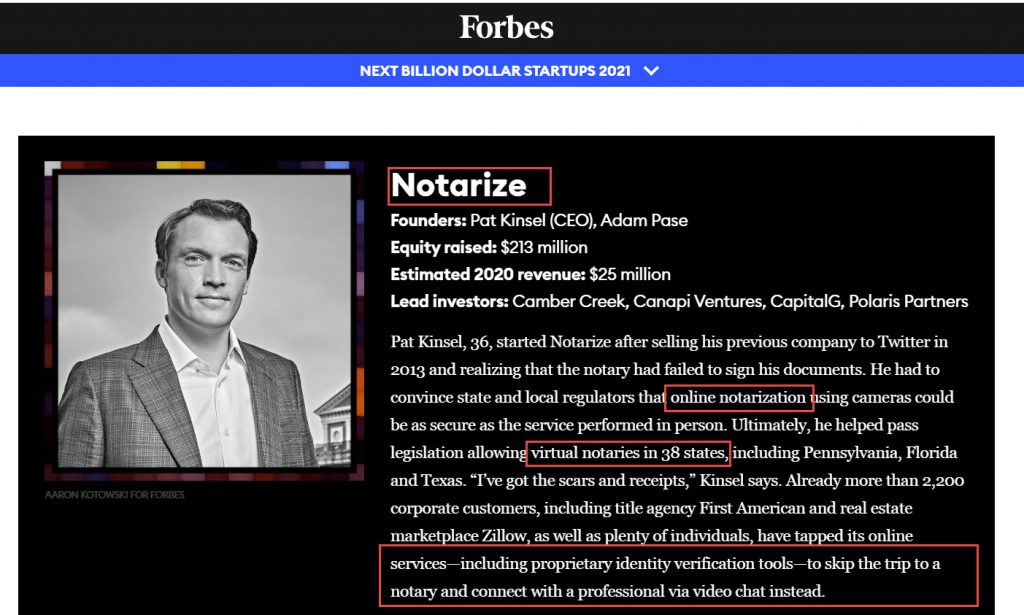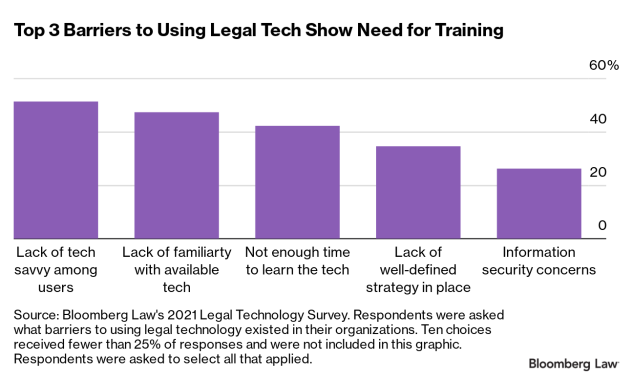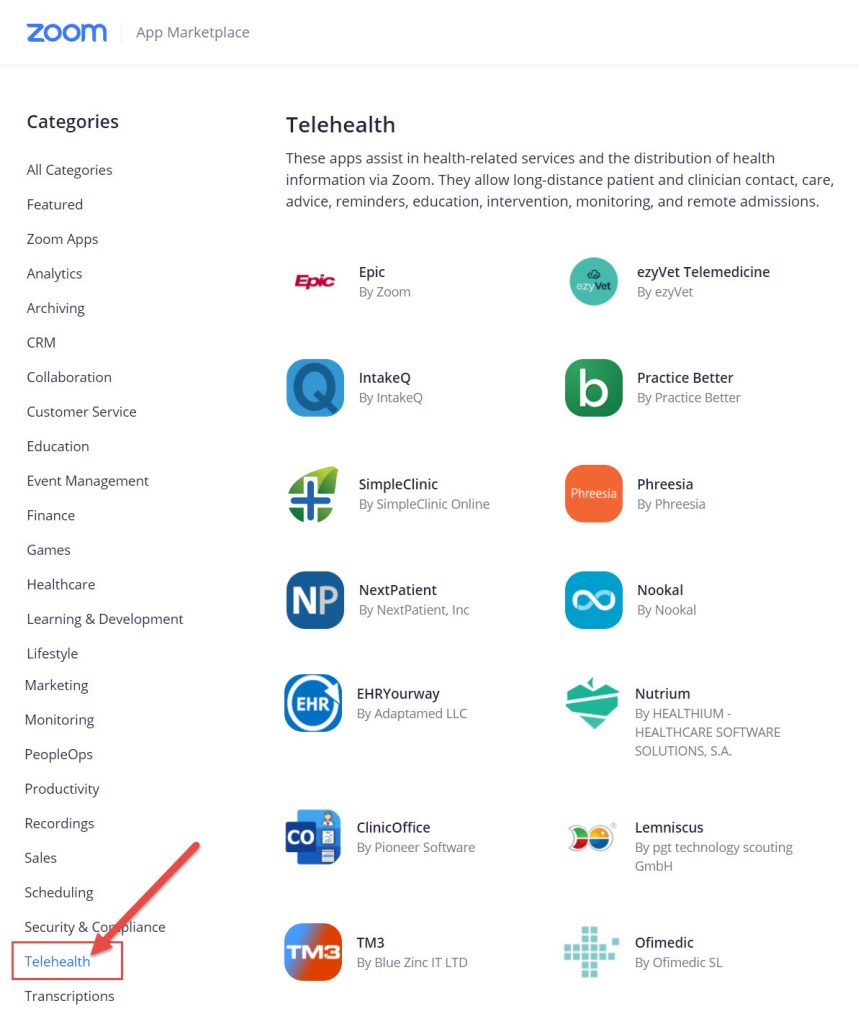Courts 2021 AWARD WINNER || American Legal Technology Awards 2021https://t.co/9GD2IhdwBS#legaltech #legal #A2J #society #emergingtechnologies #courts #Court #AccessToJustice
— Daniel Christian (he/him/his) (@dchristian5) November 4, 2021
The Disruption Of Legal Services Is Here — from forbes.com by John Arsneault
Excerpt:
For the first time in those 12 years, I am now convinced we are on the precipice of the promised disruption in legal. Not because anyone in the law firms are driving toward this — but because venture capital and tech innovators have finally turned their attention to the industry.
Legal services are a much smaller overall market than, say, retail, financial services or biotech. In the world of disruption and the promised gold rush for the companies that do the disrupting, size matters. Legal has just been low on the industry list. Its number is now up.
It’s easy to Monday morning quarterback that industry now. Easy to see how big of a threat Amazon was to those companies. But when you are being rewarded for doing what you have always done and what your predecessors always did, it’s easy to miss what is around the bend. By the time those companies’ executives realized Amazon was a direct competitor with a much better fulfillment model, it was too late.
Legal Tech’s Predictions for Legal Technology Innovation in 2022 — from legalreader.com by Smith Johnes
Excerpts:
- By 2024, non-lawyer workers will replace 20% of generalist lawyers in legal departments.
- Legal departments will have automated half of legal work connected to big corporate transactions by 2024.
- Legal departments will triple their investment in legal technology by 2025.
From DSC:
What are the ramifications for law schools and legal departments if these legal tech-related predictions come true?
[CA] State Bar Proposes Allowing “Paraprofessionals” to Practice Law — from acbanet.org by Tiela Chalmers
Excerpt (emphasis DSC):
The [CA] State Bar currently has committees working on two proposals that would, if approved, have huge impact on the legal profession. Both committees are working on amending the legal regulatory system to address ways to expand the resources available to those needing legal help. One committee is looking particularly at tech solutions, including permitting Artificial Intelligence solutions that would automate answers to legal questions. But this blog post will focus on the one that is farther along in development – permitting “paraprofessionals” to practice some types of law, with various restrictions.
Also see:
California Paraprofessional Program Working Group — from calbar.ca.gov
Excerpt:
The State Bar’s recently published California Justice Gap Study: Measuring the Unmet Civil Legal Needs of Californians, found that 55 percent of Californians experience at least one civil legal problem in their household each year, and Californians received no or inadequate legal help for 85 percent of these problems. A lack of knowledge about what constitutes a legal issue and concerns about legal costs lead many Californians to deal with problems on their own rather than seek legal help. A thoughtfully designed and appropriately regulated paraprofessionals program is an important component of the solution to the access to legal services crisis in California by expanding the pool of available and affordable legal service providers.
The Importance of Using a Legal Videographer in Remote Proceedings — from lawtechnologytoday.org by Dave DaSilva
Excerpt:
Depositions and trials have changed drastically in recent years, as have the jurors who hear cases. The analog days of reading deposition testimony into the trial record have increasingly given way to video clips of witness testimony.
While videography was once a luxury, it’s now a necessity if you want to present the best case for your client. The importance of videography has only increased in the past year as depositions went remote during the pandemic. Professional legal videographers are not only integral to creating the best possible evidence, they’re essential for preserving your case record in a secure and admissible way.
Also see:
- Law Practice Review: Technology’s Big Ideas — from lawtechnologytoday.org
- Moving Courts Online — from americanbar.org
US Justice Needs Data Reveals No Americans Unaffected by Justice Crisis — from legaltechmonitor.com by Logan Cornett
Excerpt:
It’s no secret that the United States is deeply embroiled in a justice crisis. According to the World Justice Project’s Rule of Law Index, the U.S. ranks 30th out of the world’s 37 high-income countries on the civil justice factor and 22nd on the criminal justice factor. Numerous studies have shone light on aspects of the crisis—some focusing on how it impacts low-income Americans, others homing in on the crisis’s effects in specific geographic regions. Now, with the new report from IAALS’ and HiiL’s joint US Justice Needs project, we have data from more than 10,000 surveyed individuals that illuminates the contours of the justice crisis in this country.
New Study Reveals the Full Extent of the Access to Justice Crisis in America — from iaals.du.edu by Kelsey Montague
Excerpt (emphasis DSC):
“The findings of this survey,” says Dr. Martin Gramatikov, Measuring Justice Director at HiiL, “indicate what our research has historically shown—that oftentimes the more developed a nation is, the more justice needs exist in the population, and the greater the challenge of access to justice for all. While it is widely understood that there is an access to justice problem in the United States, the full extent of the justice crisis has been less clear, until now. With the results of this survey, and IAALS’ focus on evidence-based reform, we can begin to truly understand the scope of the problem, and work towards the changes needed to address this justice gap.”
On an annual basis, that translates to 55 million Americans who experience 260 million legal problems. A considerable proportion of these problems—120 million—are not resolved or are concluded in a manner which is perceived as unfair. This study shows that access to justice challenges are significant and pervasive.
Interesting list re: #telehealth and #zoom –>https://t.co/cDDkTO9zSu
DC: How soon/long before #telelegal has its own category as well?#videoconferencing #communications #emergingtechnologies #Internet #telecommunications #platforms
— Daniel Christian (he/him/his) (@dchristian5) August 19, 2021













